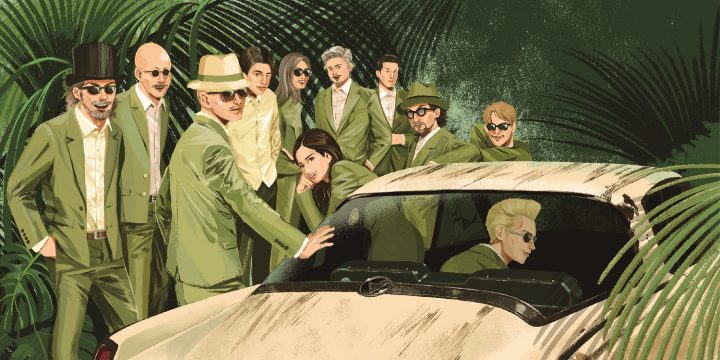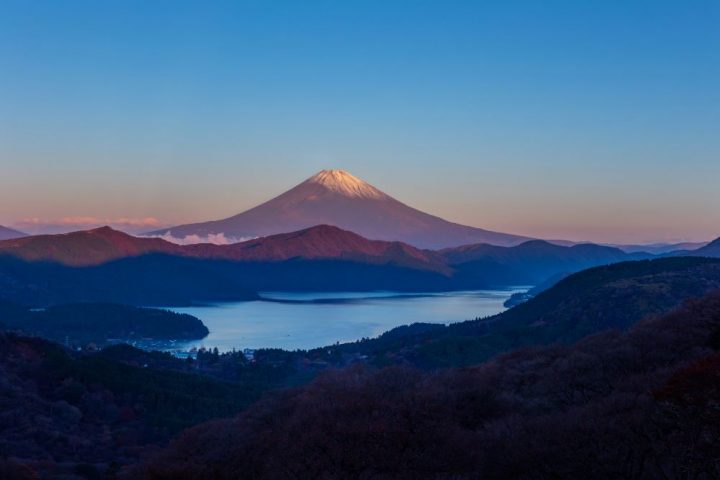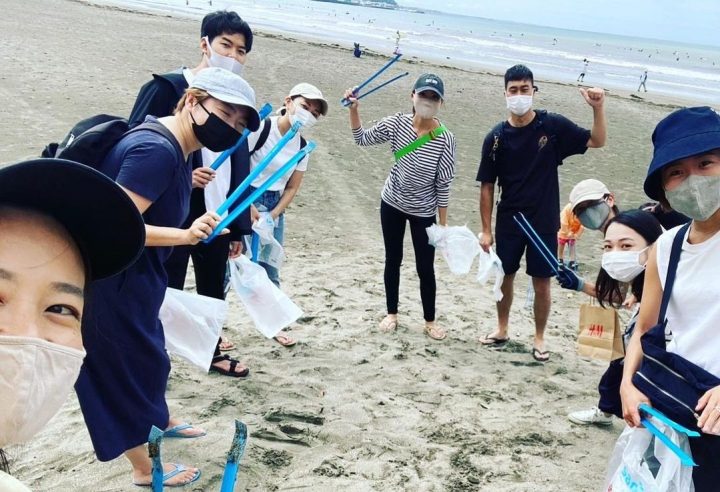Hirokazu Tategata's Danceable LIFE Vol.10
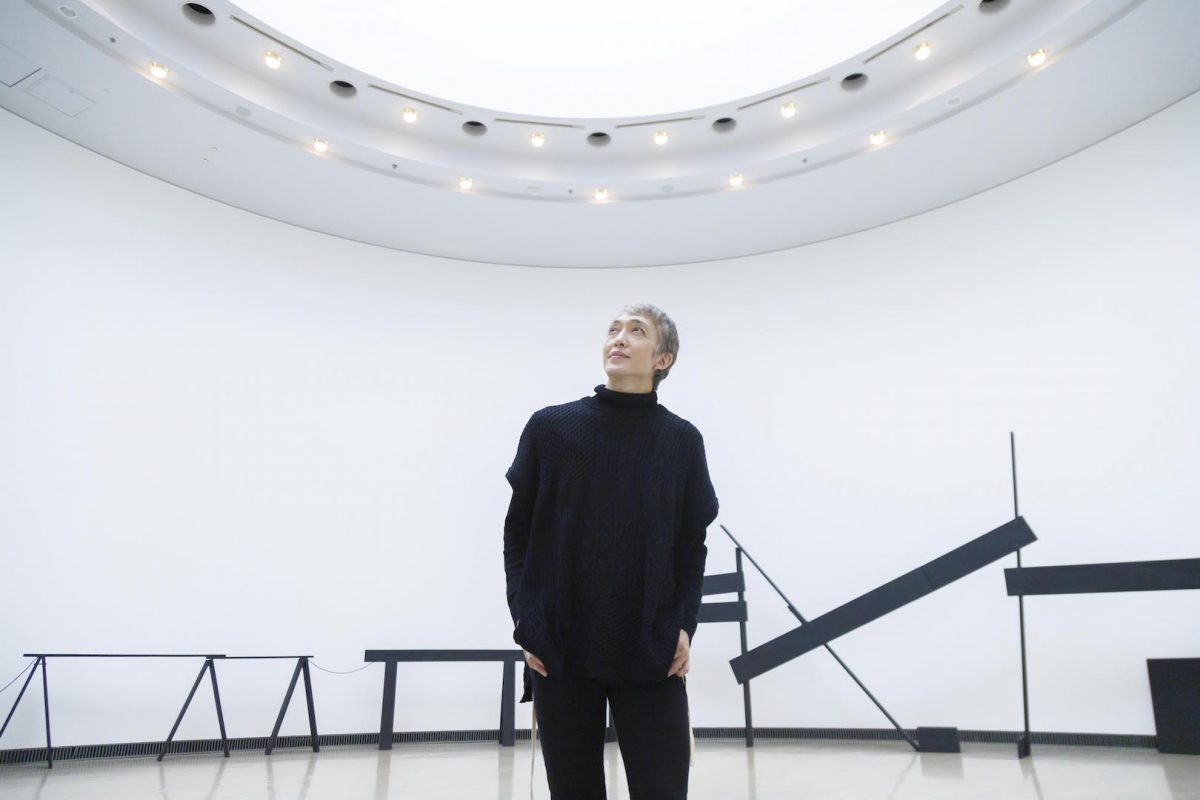
Recharge your batteries at the Yokohama Museum of Art Collection Exhibition!
Hirokazu Tategata (Actor, Dancer, Choreographer)
Although the COVID-19 pandemic continues to be a difficult situation, there are always opportunities to encounter wonderful things. This time, at the suggestion of the Magcal editorial department, we had the opportunity to be guided around the Yokohama Museum of Art. We had a very enjoyable time, so we will report on the whole experience.
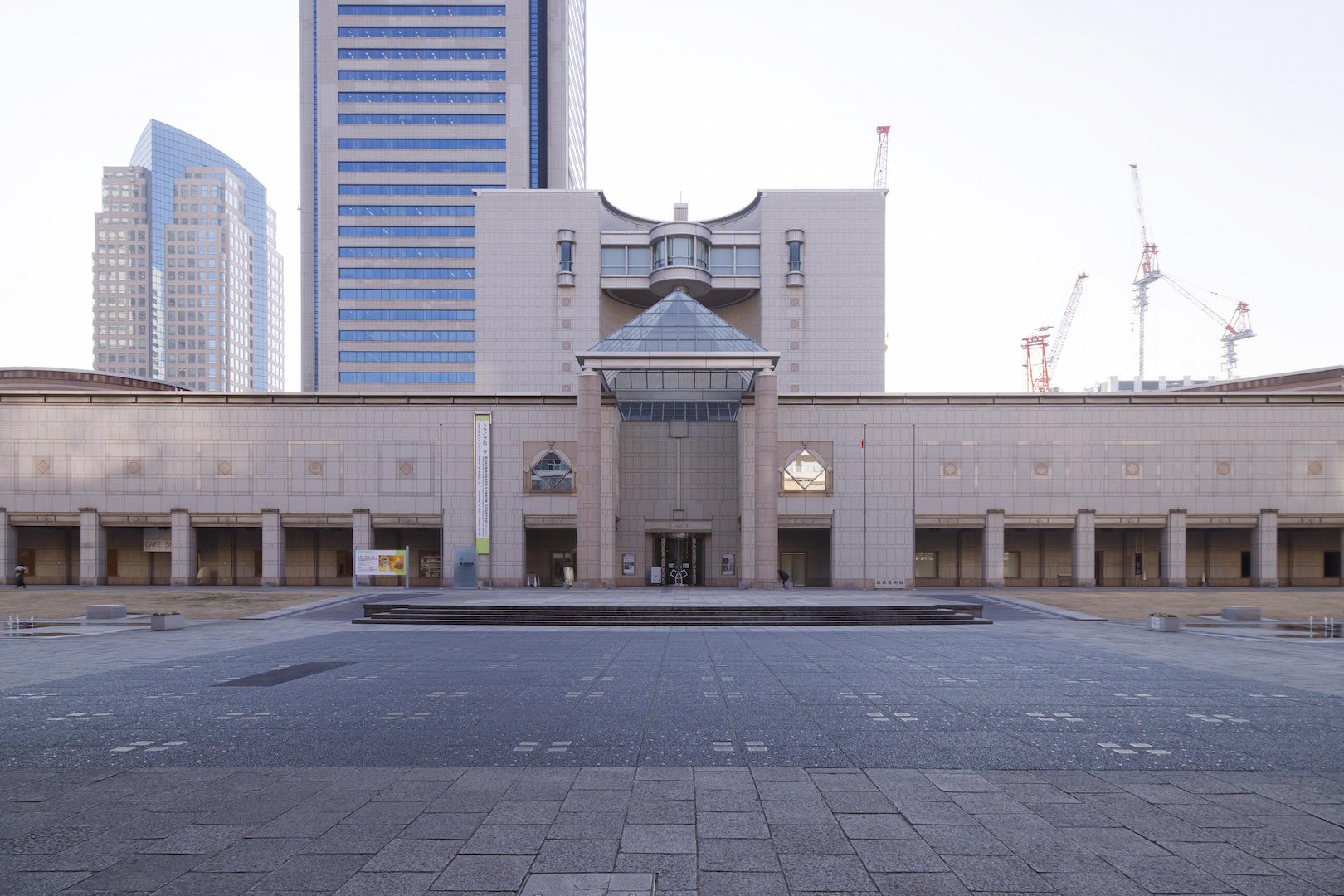
The Yokohama Museum of Art opened in 1989 and was designed by the late Kenzo Tange, one of Japan's leading architects. The symmetrical exterior is impressive and overwhelming, but once inside you'll be greeted by a spacious Grand Gallery that creates a bright and relaxing atmosphere.
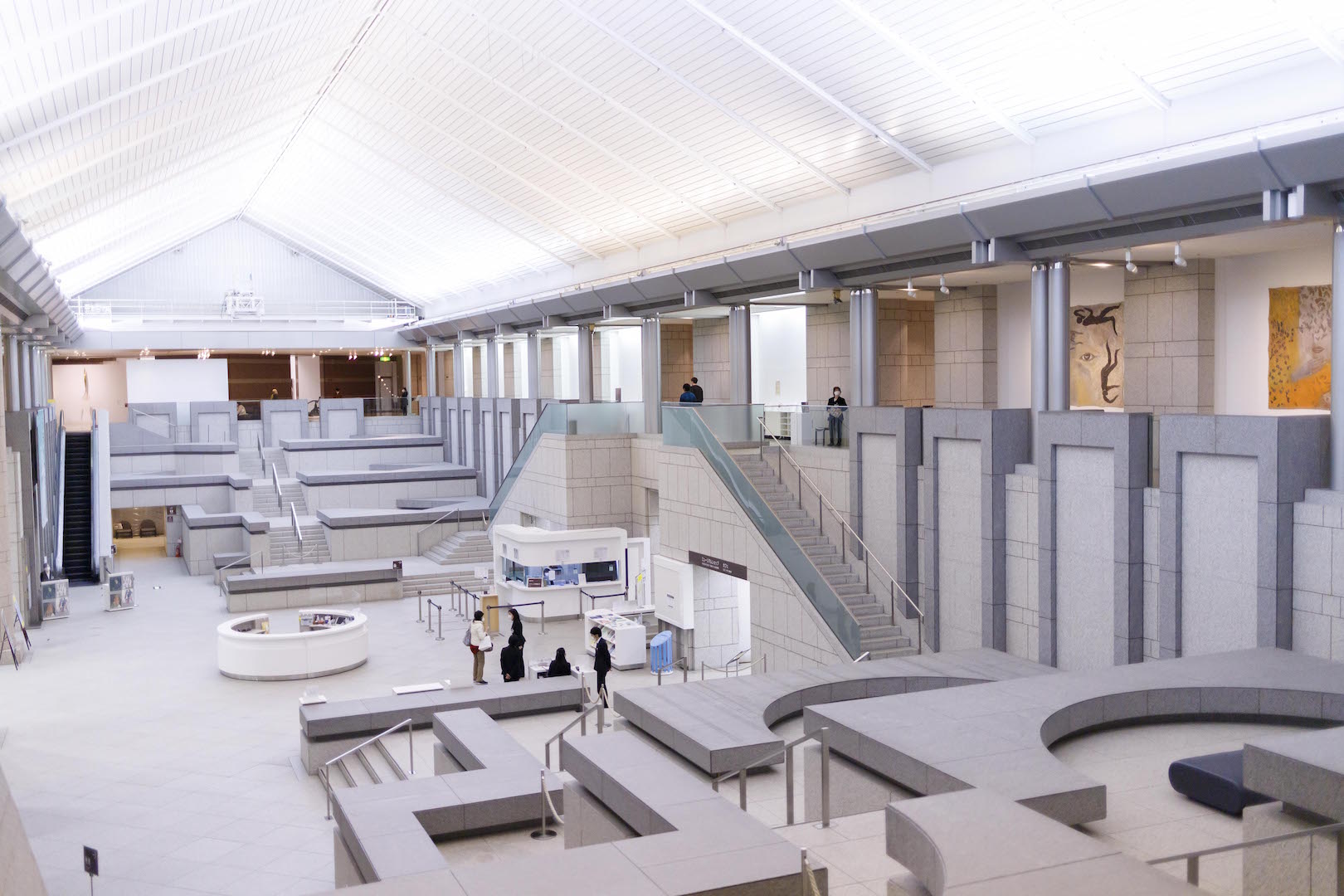
Tange, who saw architecture as "urban development," originally envisioned the space being open 24 hours a day, a place where people could freely come and go. This never came to fruition due to security concerns, but it is free to enter during opening hours, and concerts and other events have also been held there, so perhaps the space's function as a "town square" was fulfilled.

Looking up at the museum from the front, you will see a space in the center that resembles an observation deck.
When I asked the curator, I was surprised to find out that it really was an observation deck!
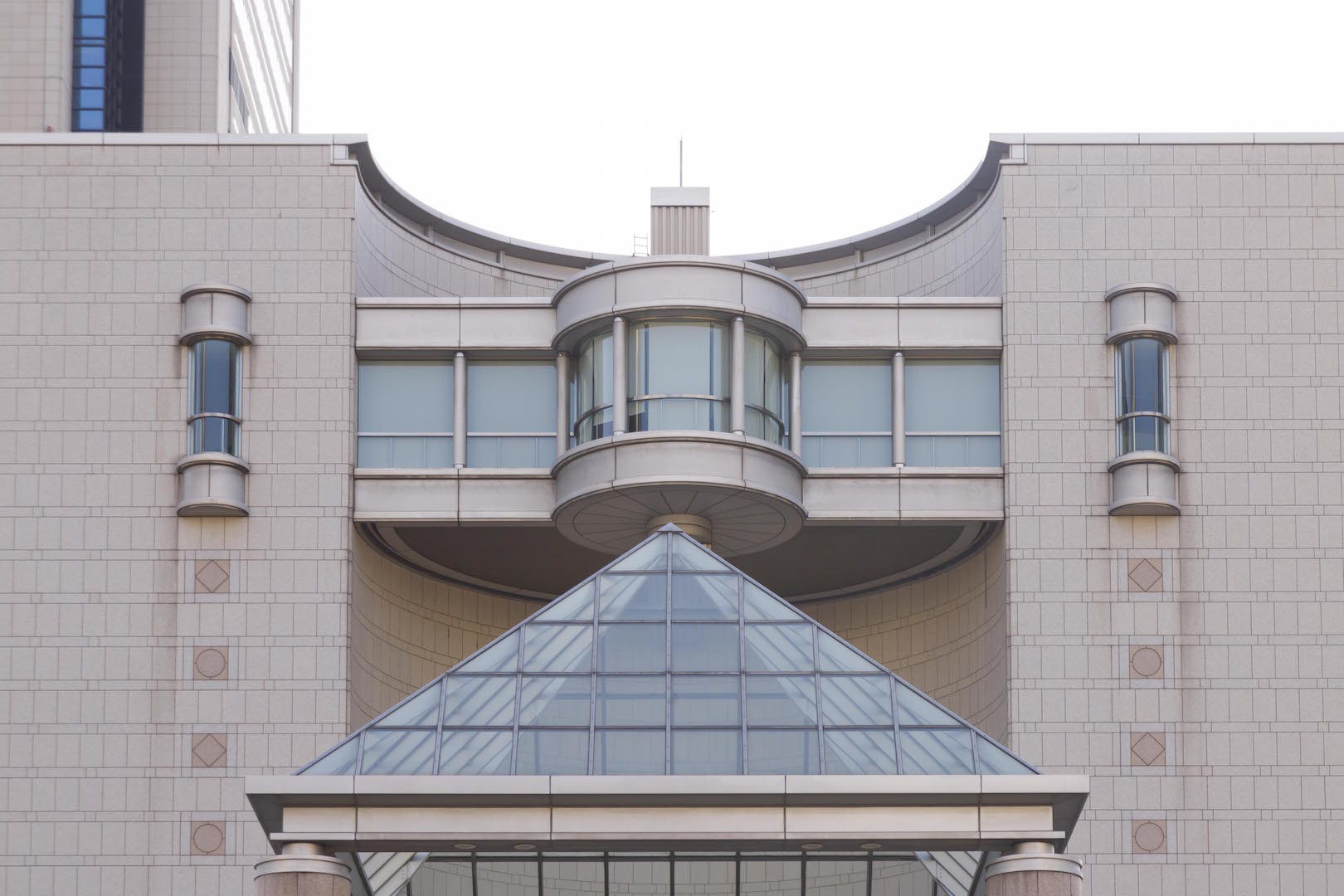
At the time, there were no tall buildings nearby, so the sea could be seen from here.
This is what the view looks like now. It is usually used for volunteer staff activities and is not open to the public.
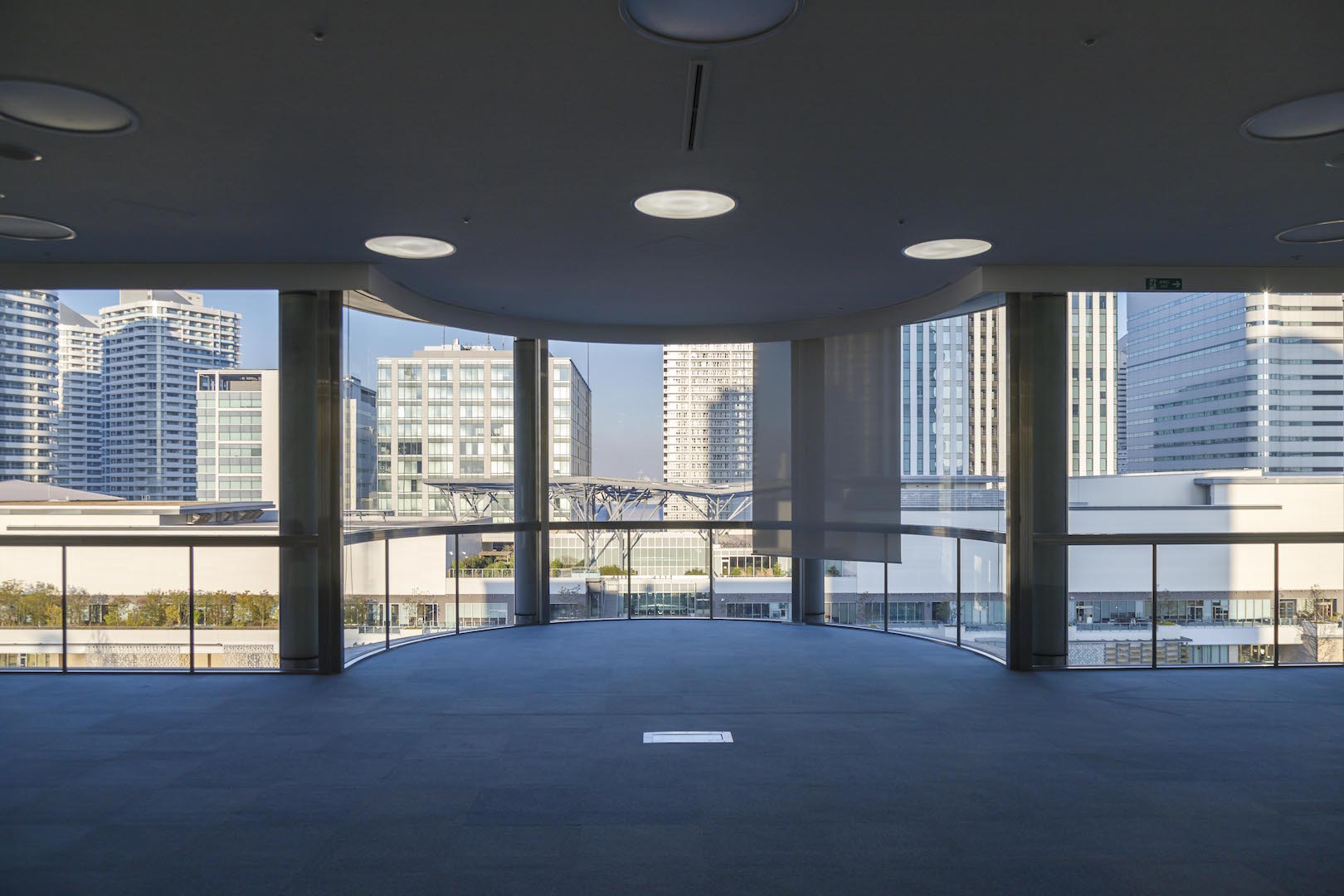
Grand Mall Park has been developed in front of the museum, and you can feel the bustle of the town that Tange envisioned. Perhaps the opening of this museum has contributed to the development of the Minato Mirai area to this point.
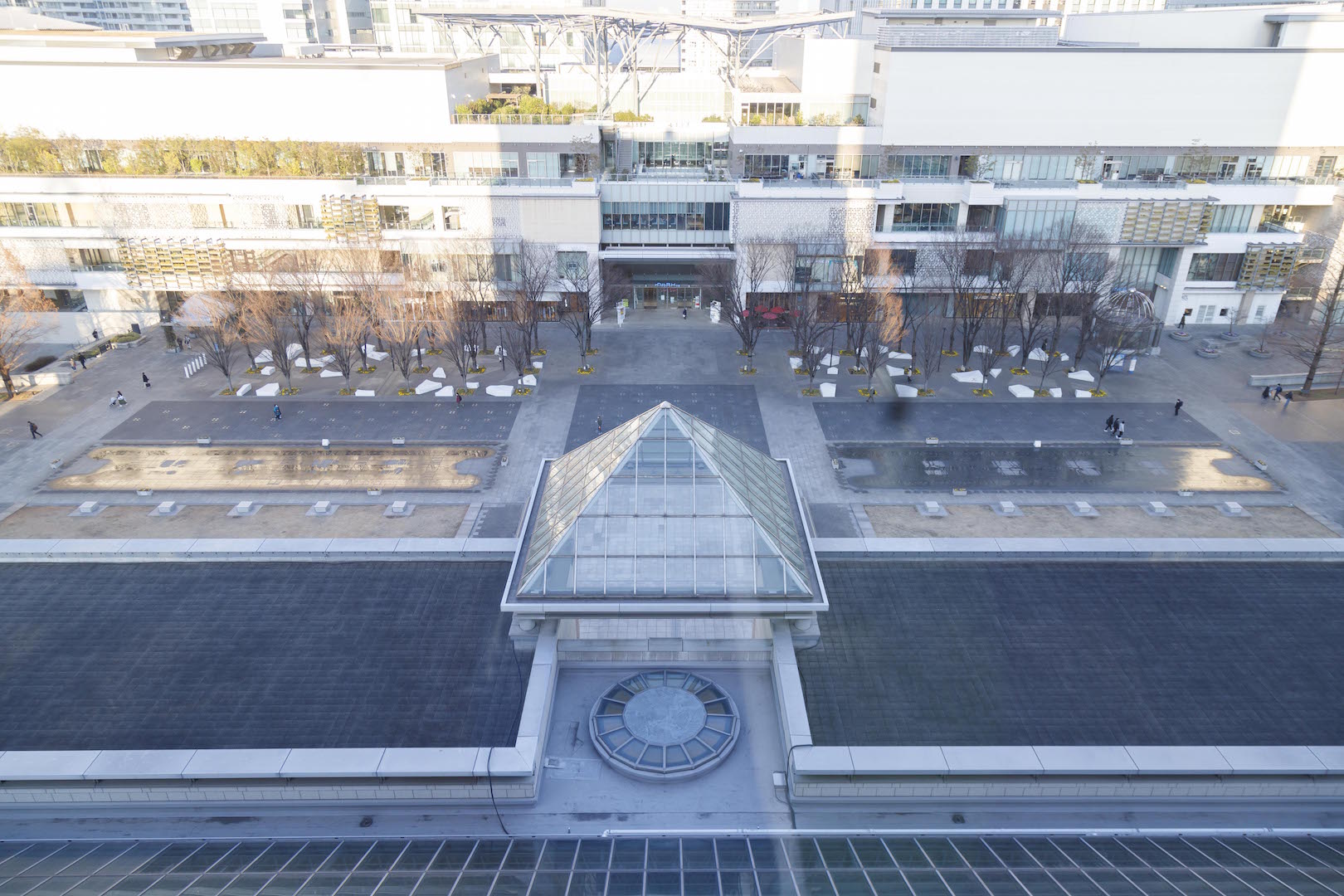
From here, Chief Curator Katata Yuko guided us through the "Yokohama Museum of Art Collection Exhibition."
"The theme of this exhibition is 'Yokohama Polyphony: Yokohama and Art from the 1910s to the 1960s.' It was a turbulent period in which Japan went from the Meiji era to the Taisho era, and then the Showa era. Yokohama suffered devastating damage twice, in the Great Kanto Earthquake and World War II, but managed to recover from these. I hope that visitors will be able to see this flow of history through the art."
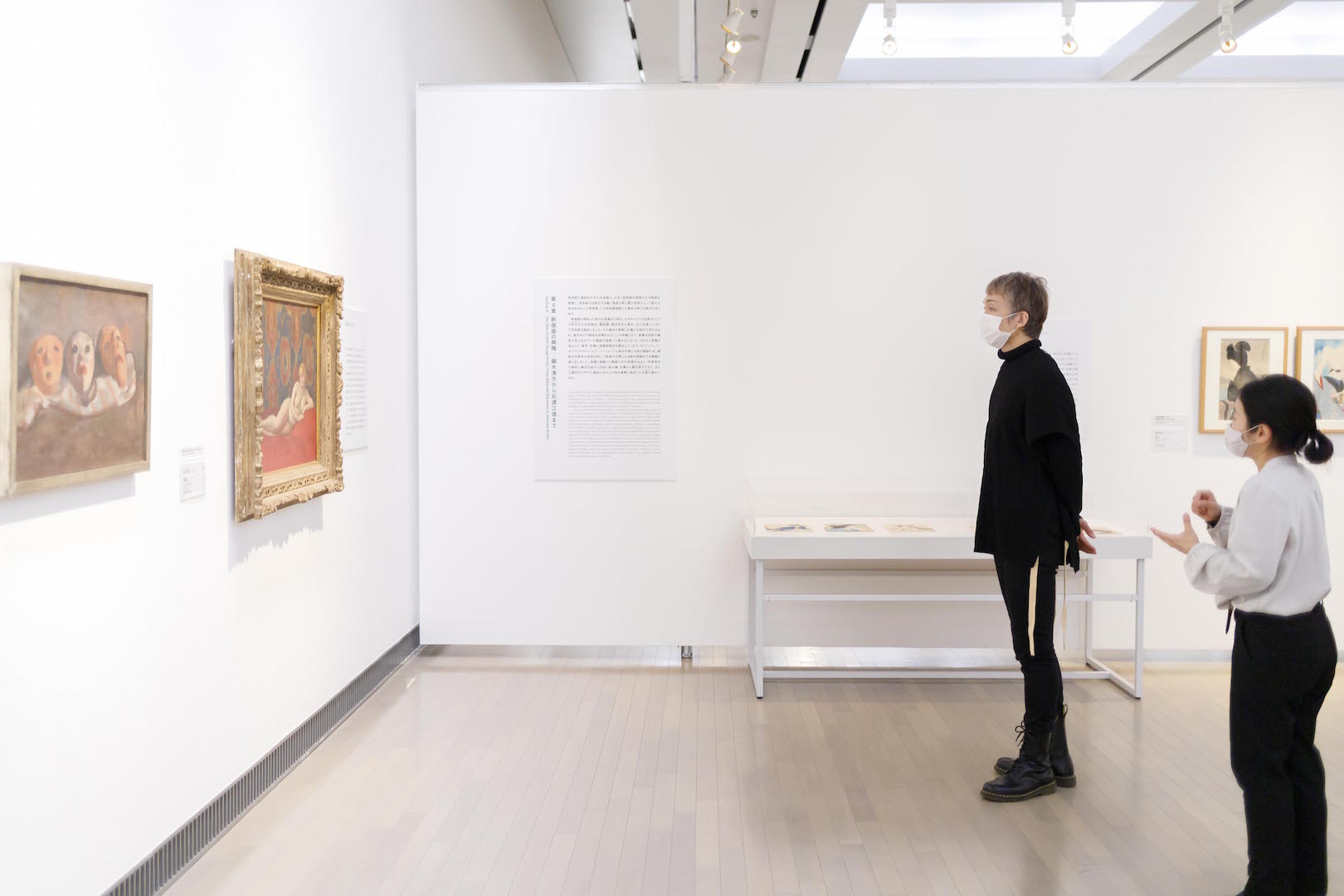
The prologue and first chapters correspond to the "youth of Western painting" for Japanese people, and you can feel the passion of the painters as they yearn for Western art and search for "what does it mean to be Japanese?" As they learn Western painting techniques and become aware of overseas trends and coolness, they begin to wonder what it means for them to depict them. I felt that the conflict of expressing themselves rather than imitating is the same as in the world of dance.
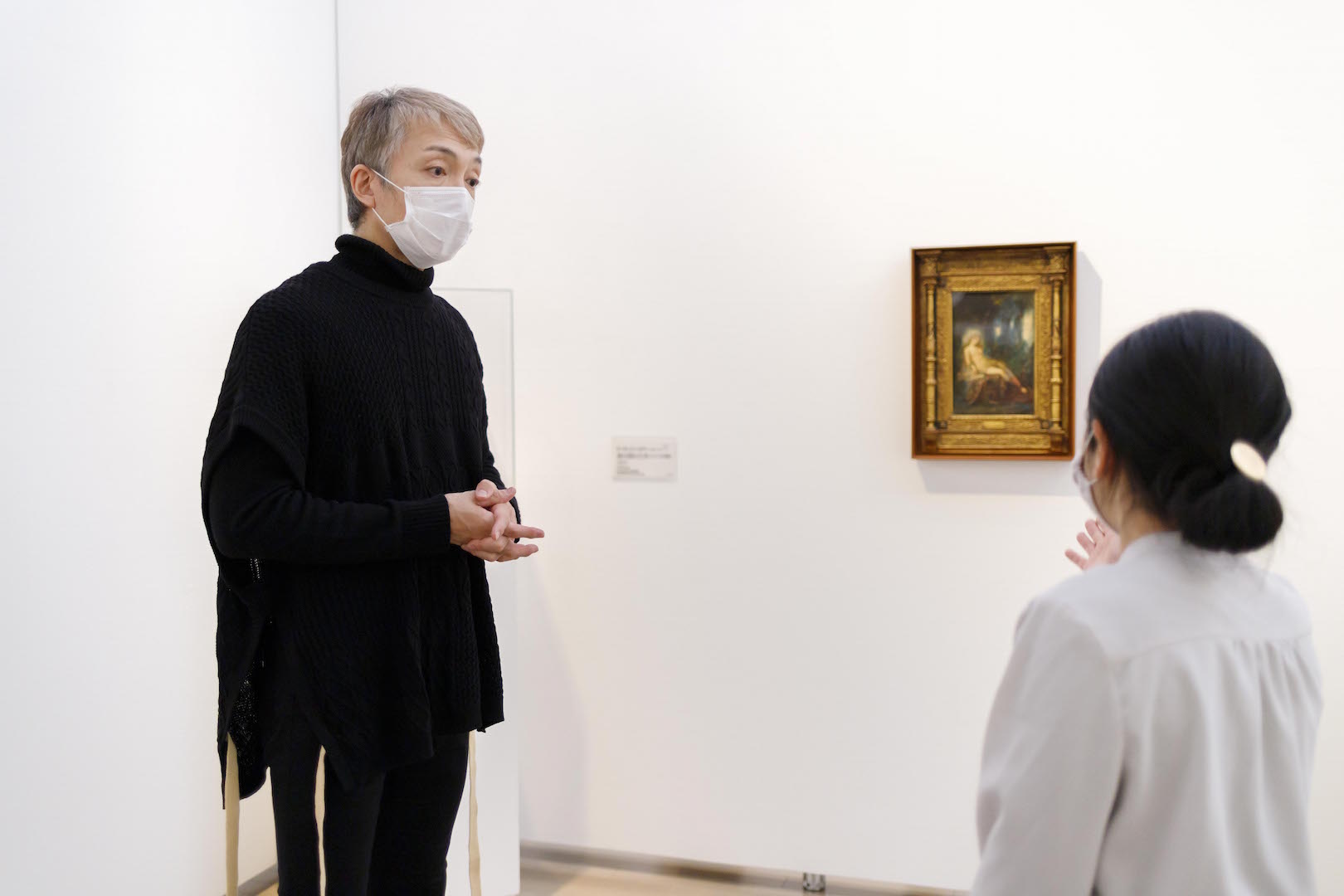
Chapter 3 is "Recovery from the Great Kanto Earthquake."
"While some artists created works documenting the Great Kanto Earthquake, two years after the disaster an exhibition showcasing French art was held at the site of the temporary city hall in front of Sakuragicho Station. People were now able to see the real thing, a Western painting that had previously only been available as small black-and-white prints, and postcards were apparently also popular as souvenirs."
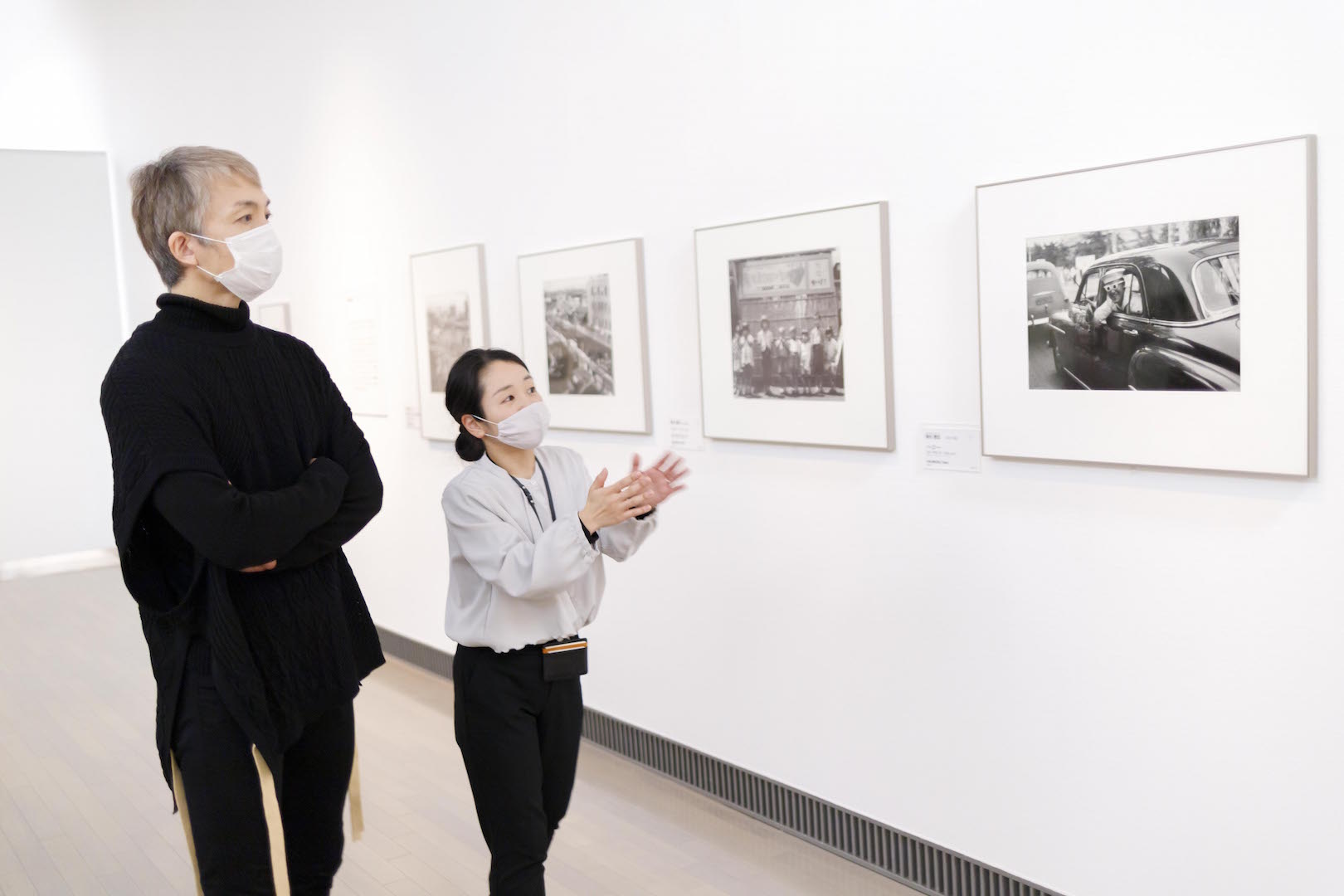
Chapter 6 featured works by photographers.
"In 1938, the Yokohama Art Association Exhibition established a photography club, the first of its kind in the country. Photography, which had not been recognized as an art form, began to be recognized as a means of artistic expression."
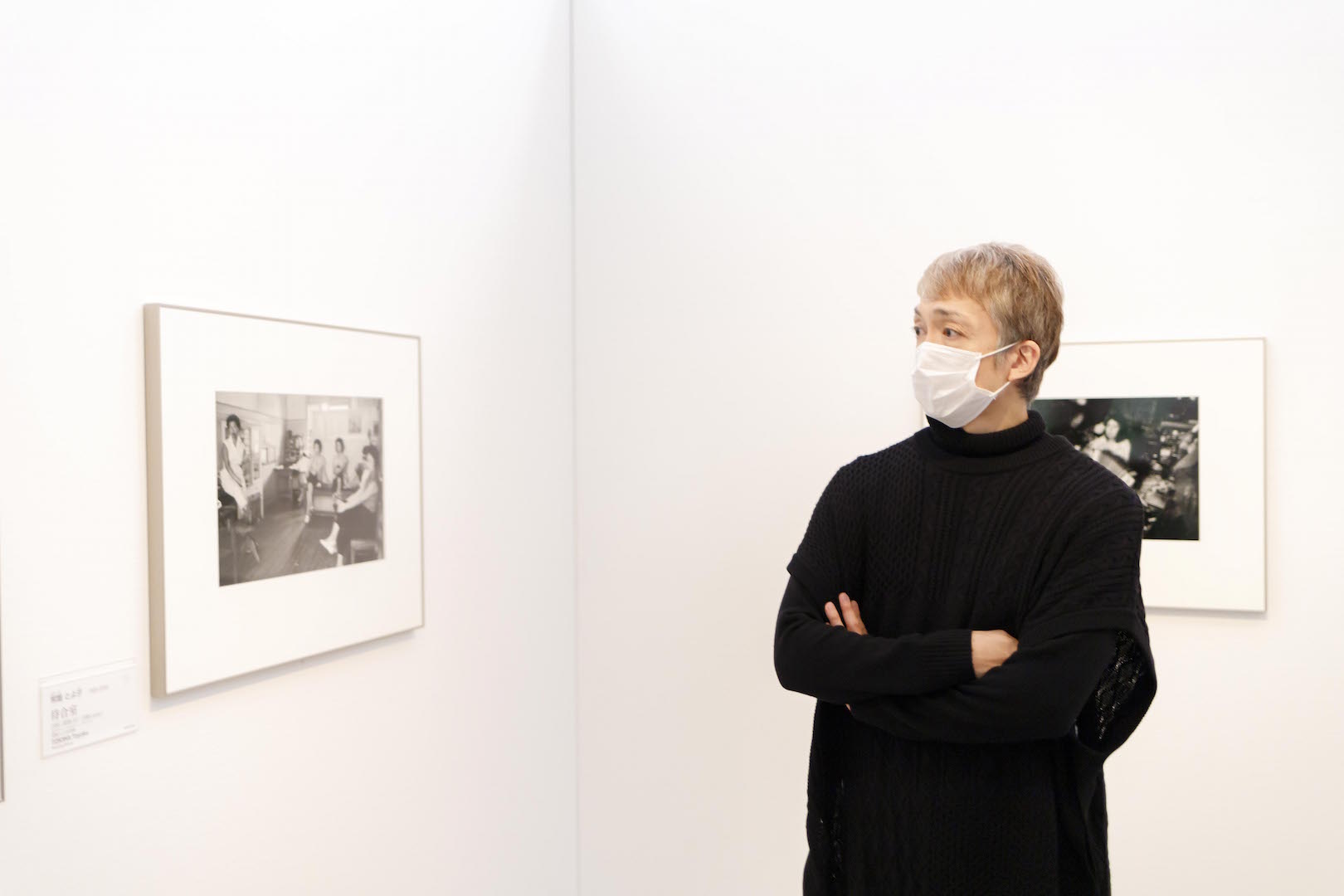
What caught my eye was the work of Tokiwa Toyoko. She is said to be a pioneer among female photographers, and it's amazing that a female artist was already active in Japan at that time.
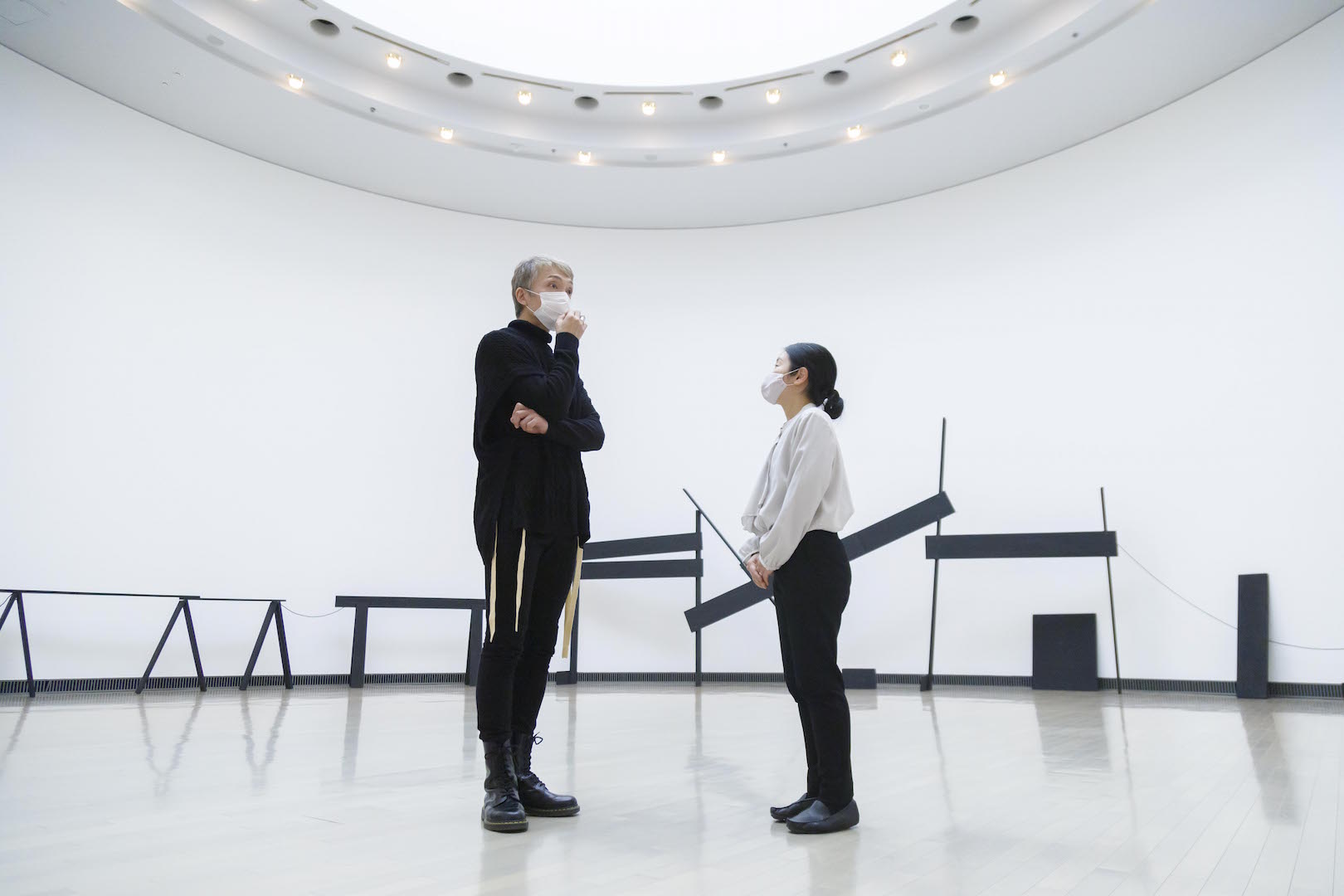
What really attracted me was the circular exhibition room, which has a high ceiling and is a very comfortable space.
"This exhibit features Yoshishige Saito's Interior. Since before the war, he has been creating semi-three-dimensional and abstract works that are truly groundbreaking. This work was originally created for a rectangular room, but in 1994, when we held the exhibition Postwar Japanese Avant-Garde Art at our museum, it was exhibited for the first time in this circular exhibition room under the artist's own instructions."
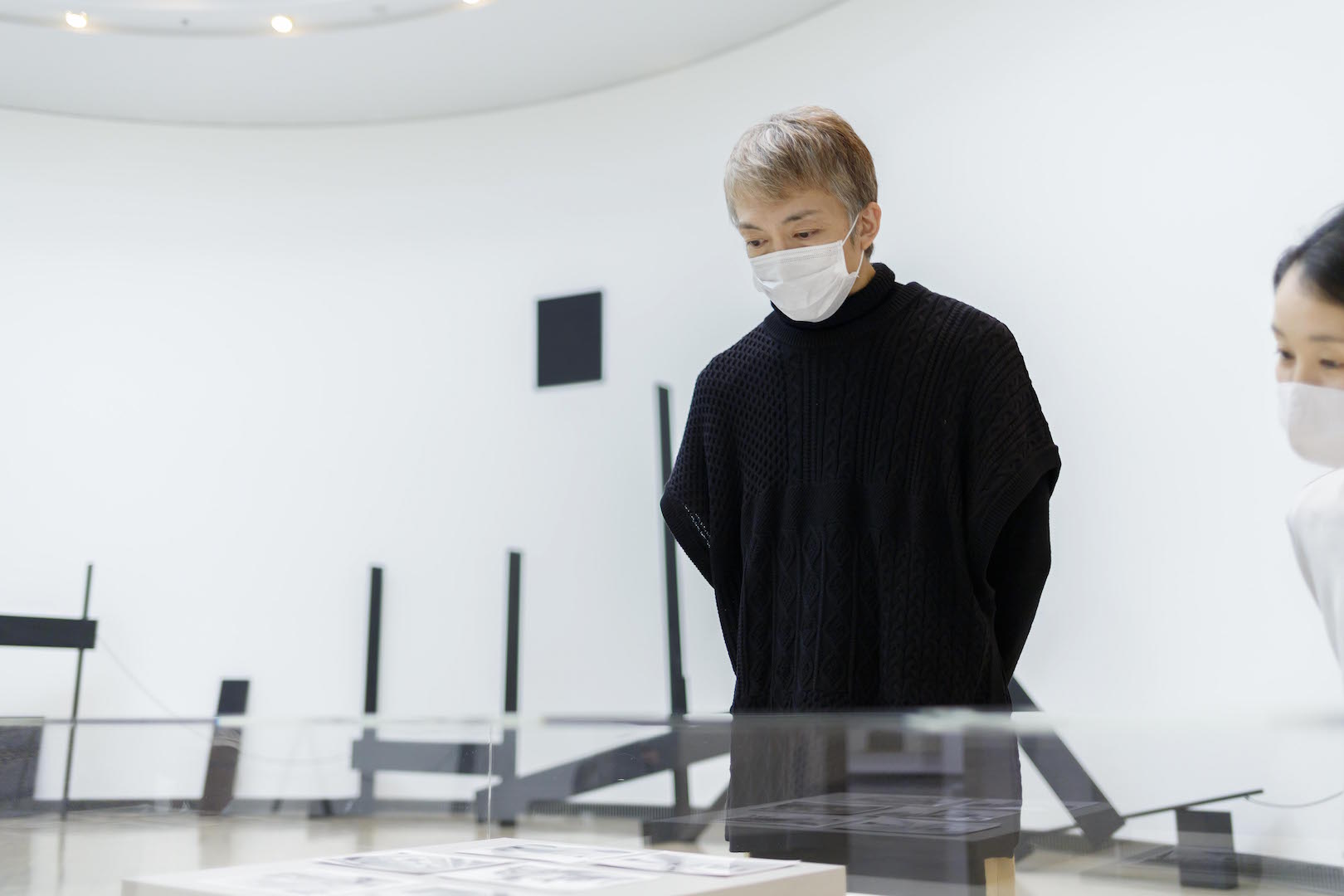
It's a bright, open, and truly wonderful space. When you hear the term avant-garde art, you might think it sounds difficult, but being in such a wonderful art space makes you feel very happy.
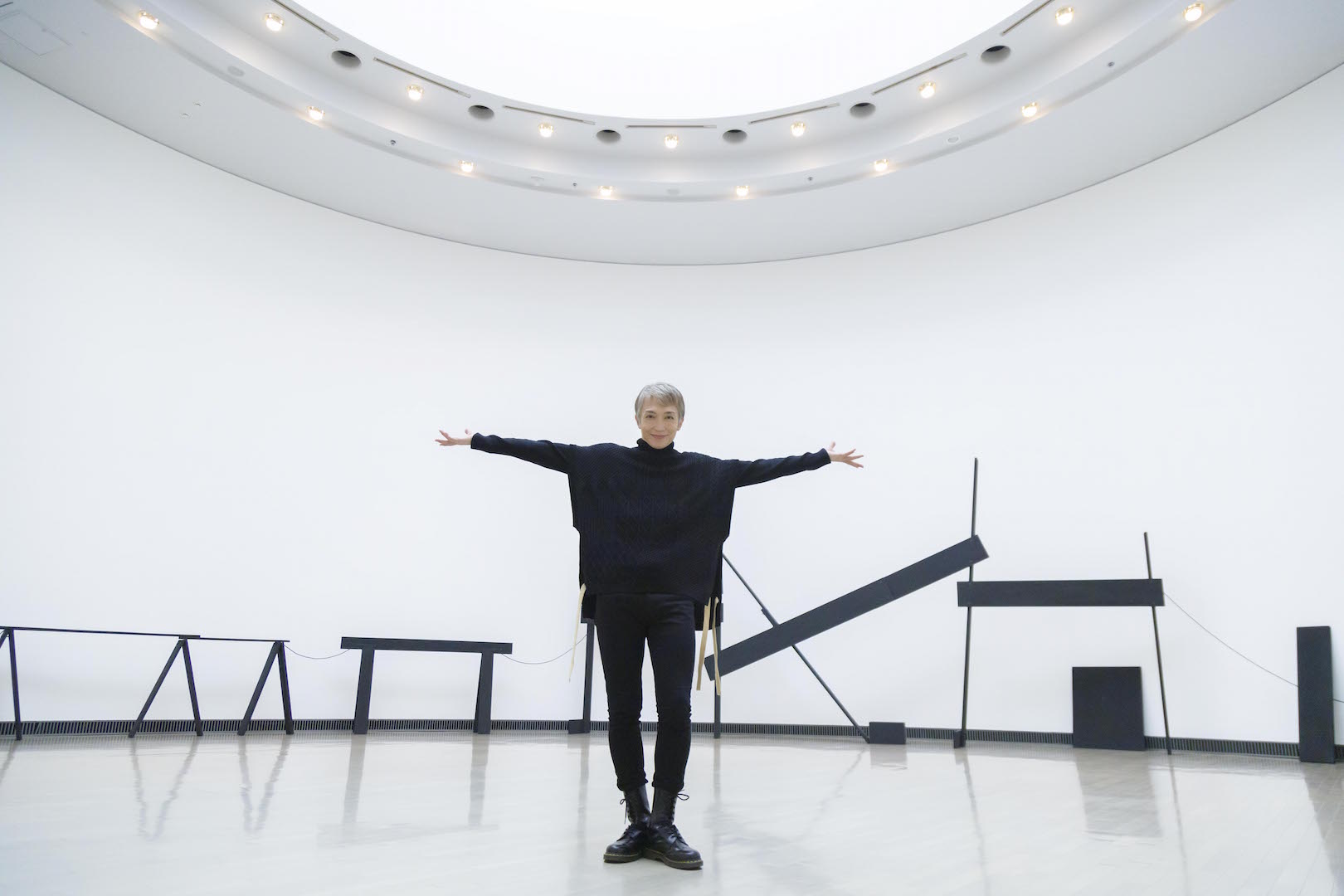
The last room is the "Today's Artists Exhibition."
"When the Yokohama Civic Gallery opened in 1964, it began hosting the 'Today's Artists' Exhibition, showcasing notable contemporary artists. This exhibition showcases works from the gallery's collection that were exhibited in the 1960s, part of the 40-year run of the exhibition."
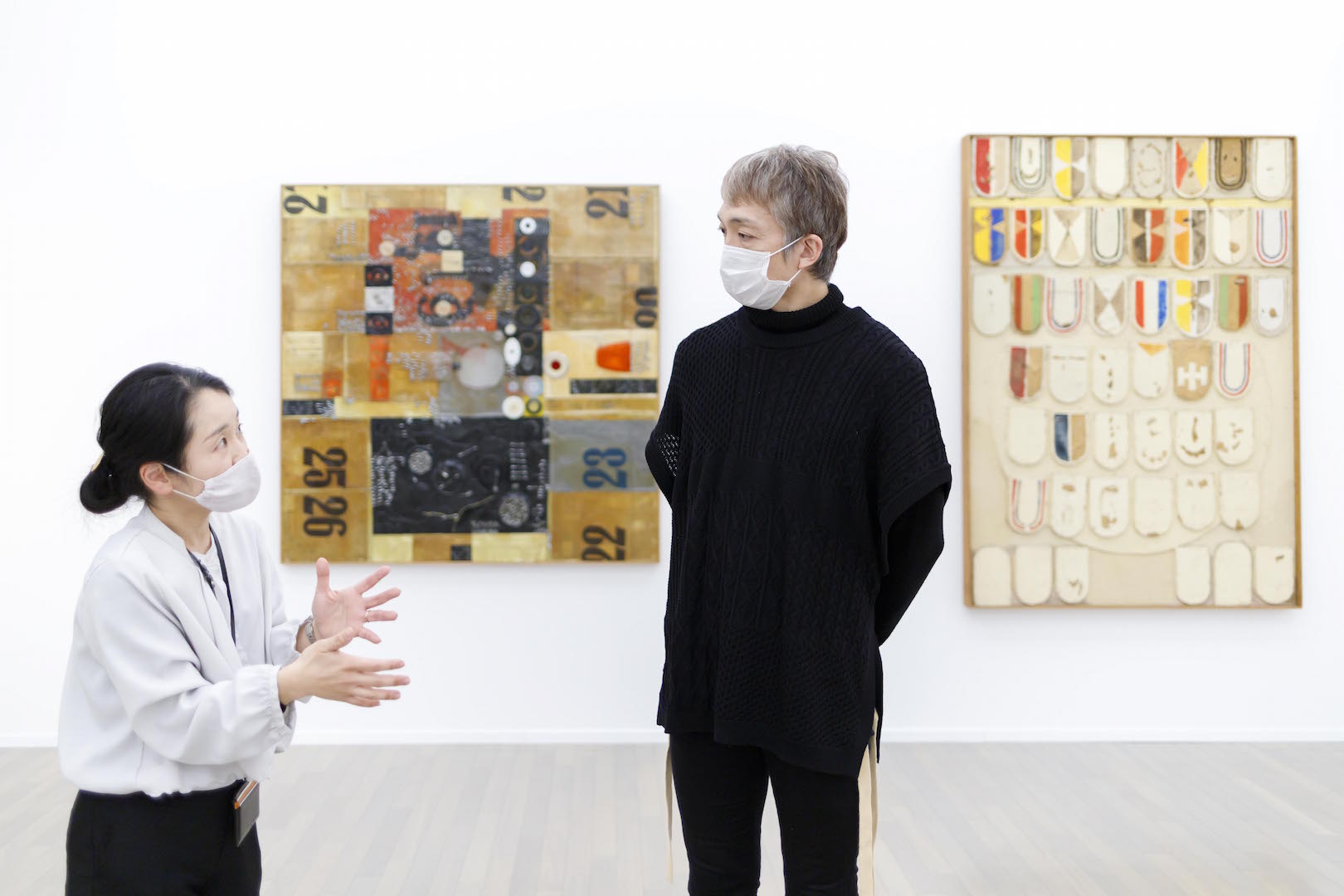
"In the 1960s, the so-called 'anti-art' movement gained momentum, and free expression unconstrained by existing frameworks began to emerge in Japan as well. This exhibition also features works by Japanese artists that parody the works of great masters like Marcel Duchamp."
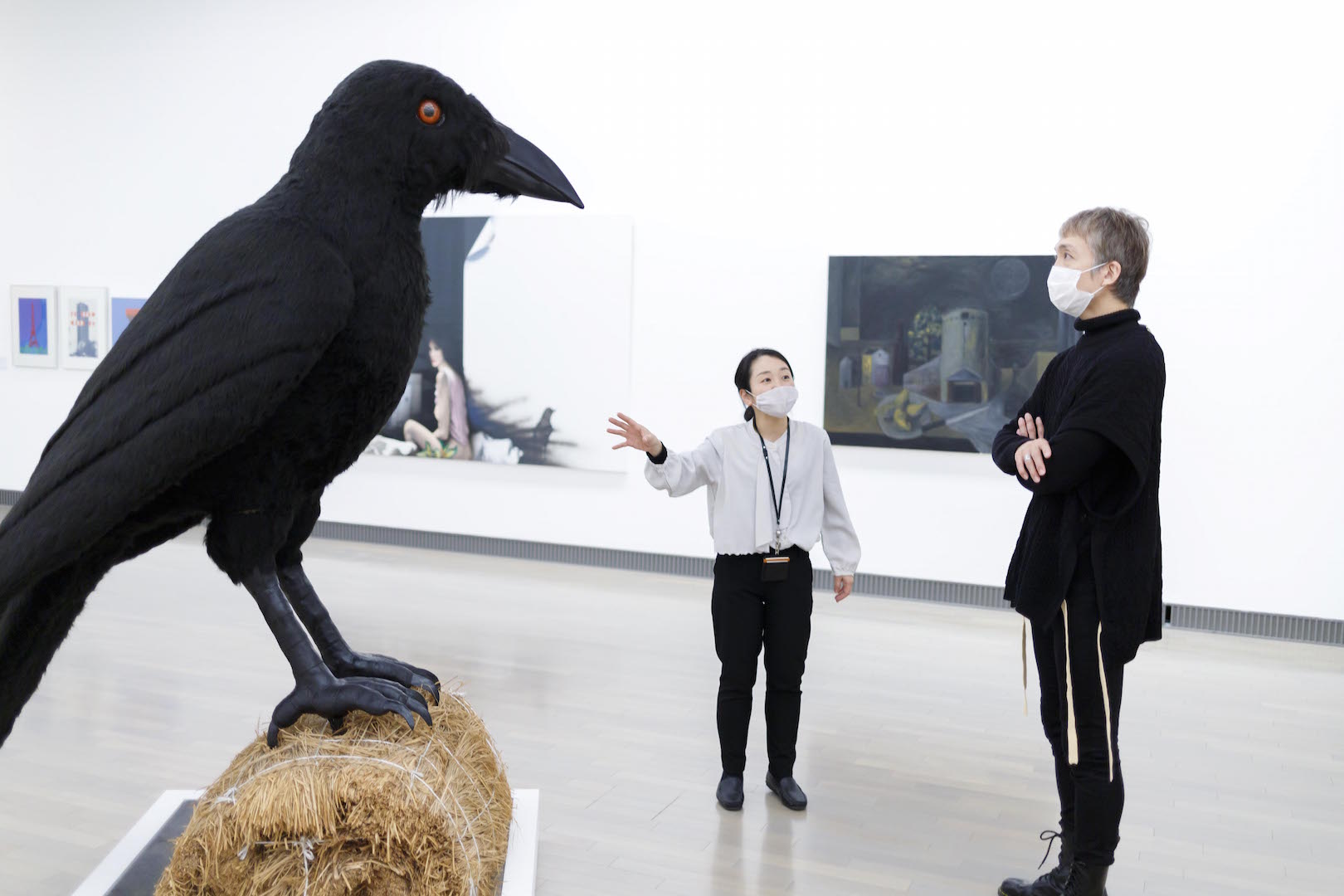
Since the 1960s, there has been an increase in expressions that break away from existing art and attempt to turn space itself into a work of art, rather than being a painting or a sculpture.
Performing arts such as dance are inherently ephemeral, disappearing in an instant, but there are also an increasing number of works of art that are not complete as objects. Perhaps contemporary art is something to be enjoyed with all five senses, not just with the eyes, but also with taste, smell, and touch.
Finally, we were taken to the observation deck on the 8th floor again.
It was completely dark outside, and Grand Mall Park, bathed in illuminations, was truly beautiful!
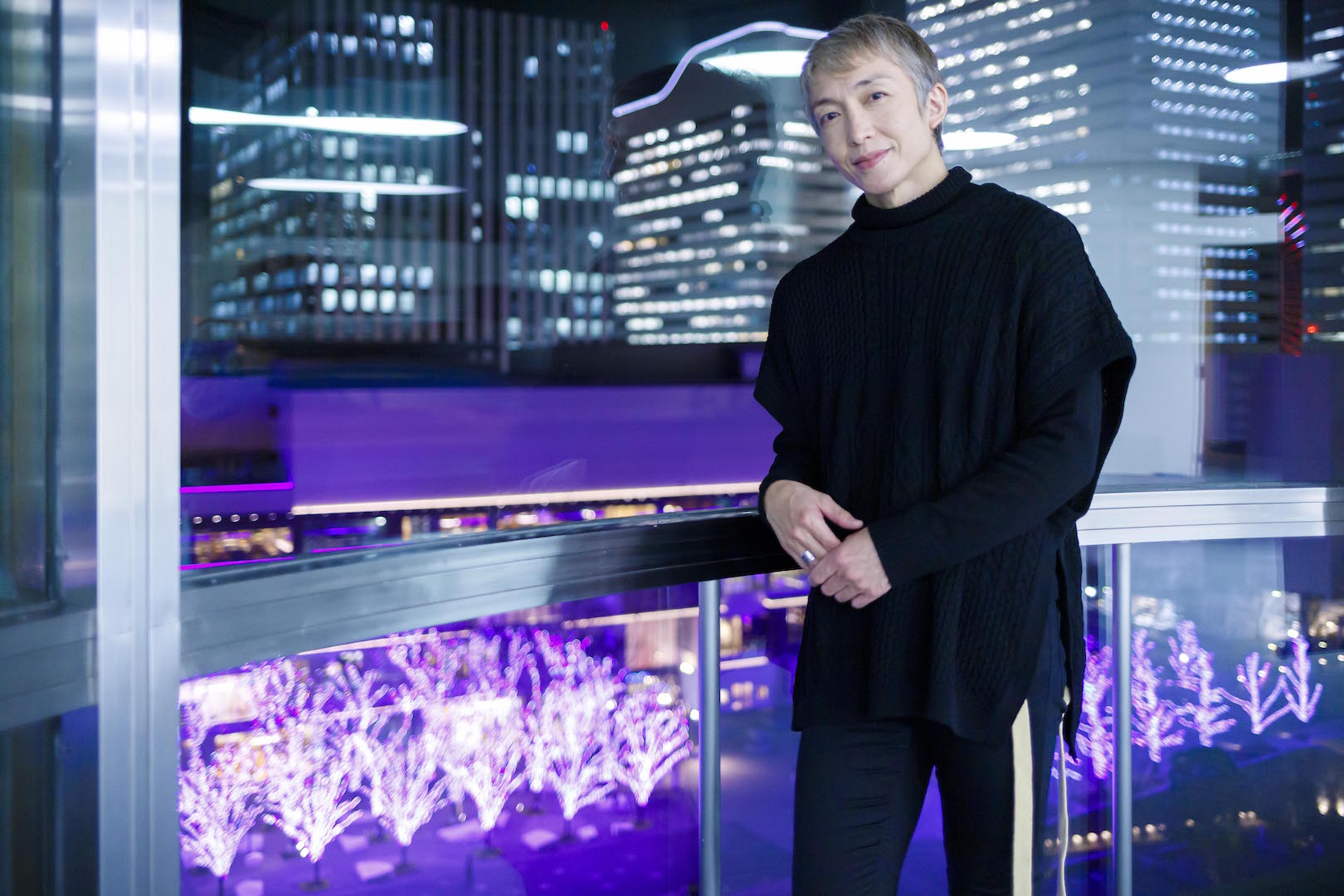
I had always had the impression that art museums were somewhat formal, but today I really had fun.
First of all, the museum building itself has a compelling presence, making it a real pleasure to be inside. I was also surprised by how active the young staff are, including Katata-san, who guided me around. The Yokohama Museum of Art will be closed for an extended period from March 2021 for renovations. While the exterior, designed by Tange, will remain largely unchanged, the air conditioning and other facilities will be reborn as more comfortable and youthful, so I'm looking forward to it.
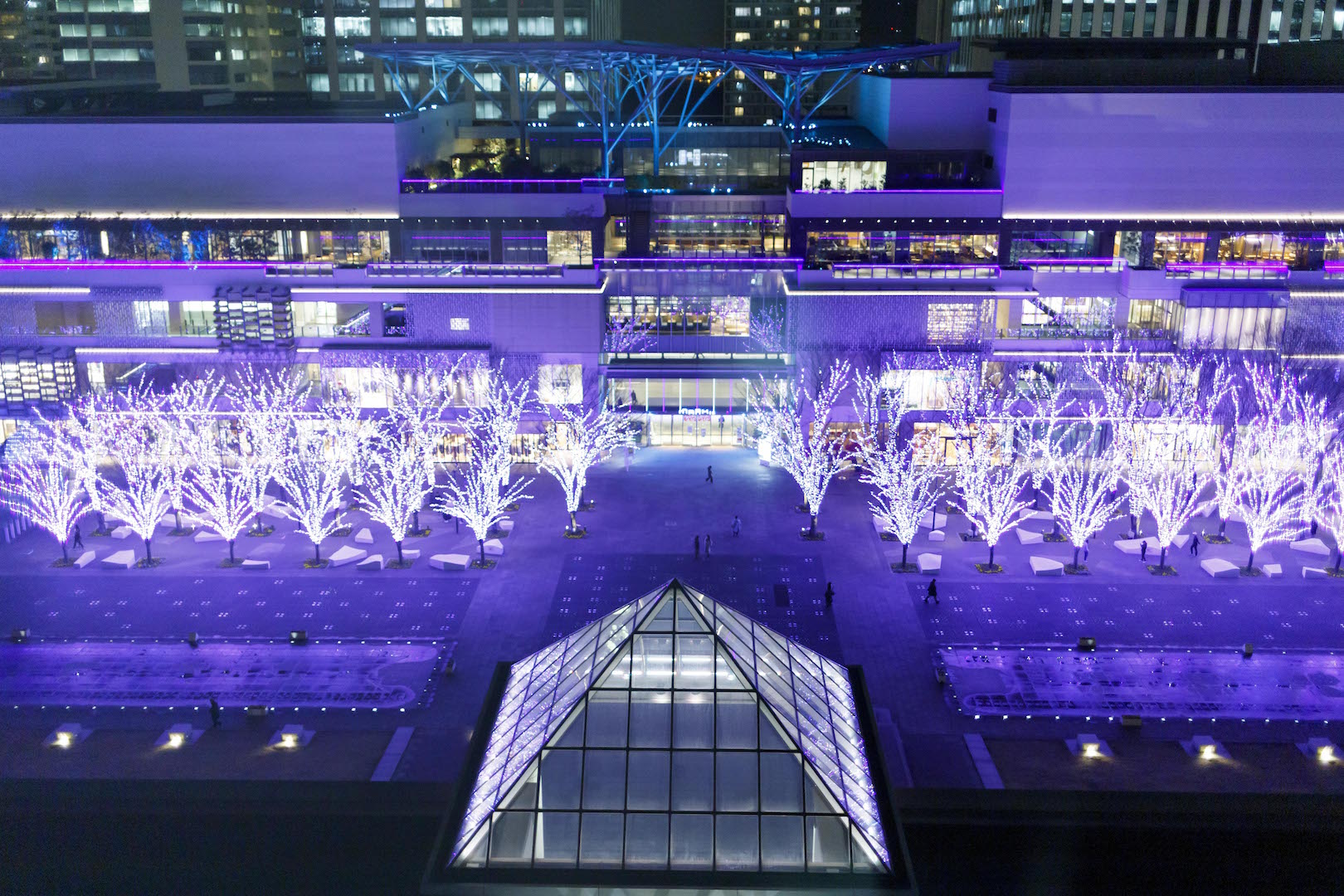
The last special exhibition before the museum closes, "Trialogue," will apparently feature works by my favorite artist, Andy Warhol, so I hope I can visit again before it closes.
Please include an explanation when you do so!
Yokohama Museum of Art Collection Exhibition
"Yokohama Polyphony: Yokohama and Art from the 1910s to the 1960s"
[Date and time] Saturday, November 14th to Sunday, February 28th, 2021 10:00-18:00 (entry until 17:30)
[Venue] Yokohama Museum of Art
[Closed] Thursdays (except February 11th), February 12th (Friday)
[Fee] Adults ¥500, University and high school students ¥300, Junior high school students ¥100, Elementary school students and younger free, Persons with disability certificates and one caregiver free
*Reservation required for specified date and time
[Organizer] Yokohama Museum of Art (Yokohama Arts Foundation)
[Inquiries] 045-221-0300 (Yokohama Museum of Art)
*Please check the website for opening status in relation to COVID-19.
